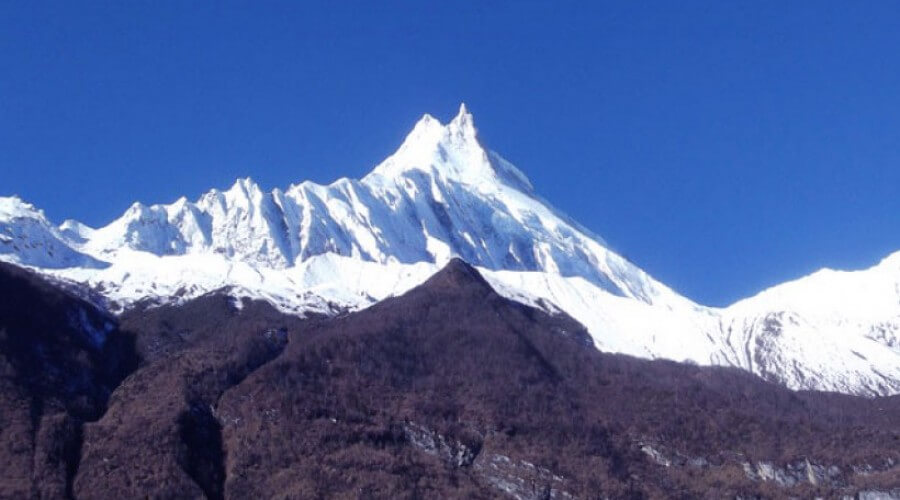Talk To An Expert ( Prakash Lamsal )
Talk To An Expert ( Prakash Lamsal )

- Friday, March 25th, 2022
During manaslu trek, Weather is pretty unstable and unpredictable during January, with more than five icy areas in the trail. The lower range of forest bloom with rhododendrons during the late February, and the weather gradually starts warming by the end of the month. Popular lodges at Larkya Phedi and Bimtang remain close during January and February. March brings fine weather, but not too good; the high altitude area remains cold and the low altitude area is warm. You shall find few trekkers during April; despite hot in lower region of Budhi Gandaki River, you will witness the wonderful views of rhododendron. May is the month of sweaty, hazy and hot weather. June brings the monsoon cooling down the weather. There won't be any trekkers during this season. July and August are the months where monsoon remains at full swing. As monsoon parts away from September, you will have amazing views during October and November. December brings the icy weather that forces villagers of Samdo migrate down to other destination.
Trekking permit
You will be required to take three different permits for Manaslu Trek: Restricted Area Permit (RAP), Manaslu Conservation Area Project Permit (MCAPP), and Annapurna Conservation Area Project Permit (ACAPP). A registered trekking agent shall avail you RAP which might cost you US$70 per week per person and US$10 per day per person after the 7 days during the month from September to November, or US$50 per week per person and US$7 per day per person after the 7 days during December to August. MCAPP shall cost you US$ 30 or 20 Euro or NPR 2,000. ACAPP shall cost you the same as of MCAPP: NPR 2,000 or 20 Euro or US$ 30. You will not have to purchase a Trekkers Information Management System (TIMS) Card when you have a RAP.
Food and accommodation
Being one of the remote parts of Nepal, you might have limited varieties of food, often repetitive, and quite expensive. The most available food items are Dal Bhat—the pervasive Nepali dishes that you will find no matter where you go, Tibetan bread, Tsampa Porridge, and similar popular local foods.
Due to growing number of quality tea houses, there are sufficient number of accommodations for trekkers. Despite some destruction of the trail and tea houses during the disastrous earthquake in 2015, the routes and houses have been rebuilt and recovered.
Essential equipment/Gears for trekking
Do not pack a lot of clothes. Pack lightweight synthetic pants, comfortable socks, a pair of boxers or underwear, and light weight fleece. Get a Camelback, some emergency food items like nuts, dried fruit, chocolate, a hat, head lamp, sandals, sunscreen, altitude pills, a small soap, toothpaste and brush, nail clippers, silk sleep sack, etc.
Medical and first aid advices
Your trekking group shall have a medical toolkit. Do not hurry to trek, go slow, take sufficient time for acclimatization, drink plenty of clean water, maintain your personal hygiene, eat hygienic food, stay adapted with the weather, and follow the guide.

Add Your Comment
Your Name
Email Address
Comment